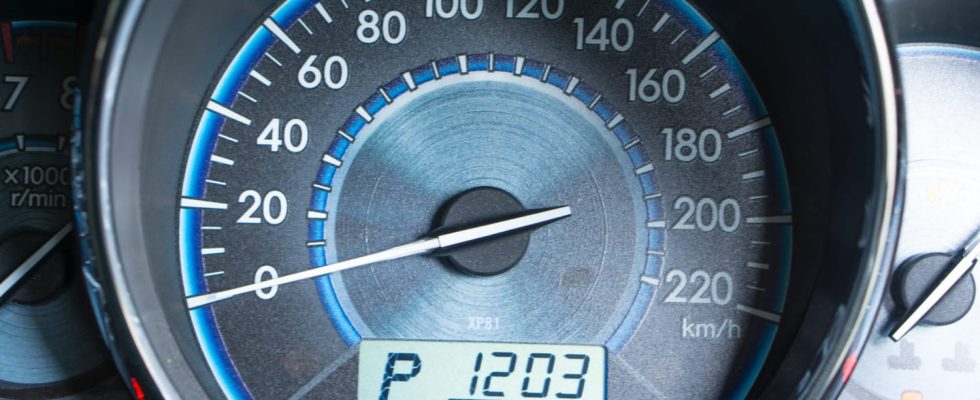Are you getting ready to buy a new car? If you come across a vehicle in good condition and at an attractive price, be sure to check these points carefully before rejoicing.
When the family grows, out of need or simply for pleasure, buying a car is always an event. Many French people choose it second-hand, after doing research on classified ads sites or from a professional seller. But sometimes buyers fall from a height. And for good reason, with the numerous scams circulating, distrust is increasingly present. However, this does not prevent crooks from using even more inventiveness to tamper with certain car parts without us noticing, with the aim of selling the vehicle at a high price. One in particular is very widespread.
What is the odometer scam?
The odometer scam is very well put together and unfortunately very simple to carry out. Scammers buy cheap used vehicles that have a lot of miles or are simply destined for the scrapyard. The cars then go through a garage workshop (which is involved) and which will tamper with odometers, either by using fraud software or directly replacing analog meters. For example, if a car has 200,000 kilometers on the odometer, the mechanic will reduce the figures to obtain 50,000 kilometers. At the time of sale, the vehicle prices are often inflated and fraudsters provide a whole bunch of false documents (service log and invoices) to further deceive the buyer.
What to do if you have doubts about your used car?
It is often difficult to detect at a glance that the meter of your used vehicle has been tampered with. On the other hand, before buying your vehicle, it is important to check a few details, starting with the price of the vehicle compared to the Argus. If the price is more than attractive, while the vehicle is in good condition and has little mileage, then there is room for doubt.
The status of the odometer must also be examined. If the numbers don’t line up well or the part looks strangely new compared to the rest of the vehicle, be wary there too. The maintenance log and the various invoices should also be requested and can give some information.
If you want to check your vehicle’s history, a free online tool can be very useful: HistoVec. By providing certain information, it generates a report on the vehicle including its date of entry into circulation, changes of ownership, claims requiring controlled repair and its administrative situation. And if you still have any doubts, you can call an automobile expert who will assess the vehicle and its odometer.
